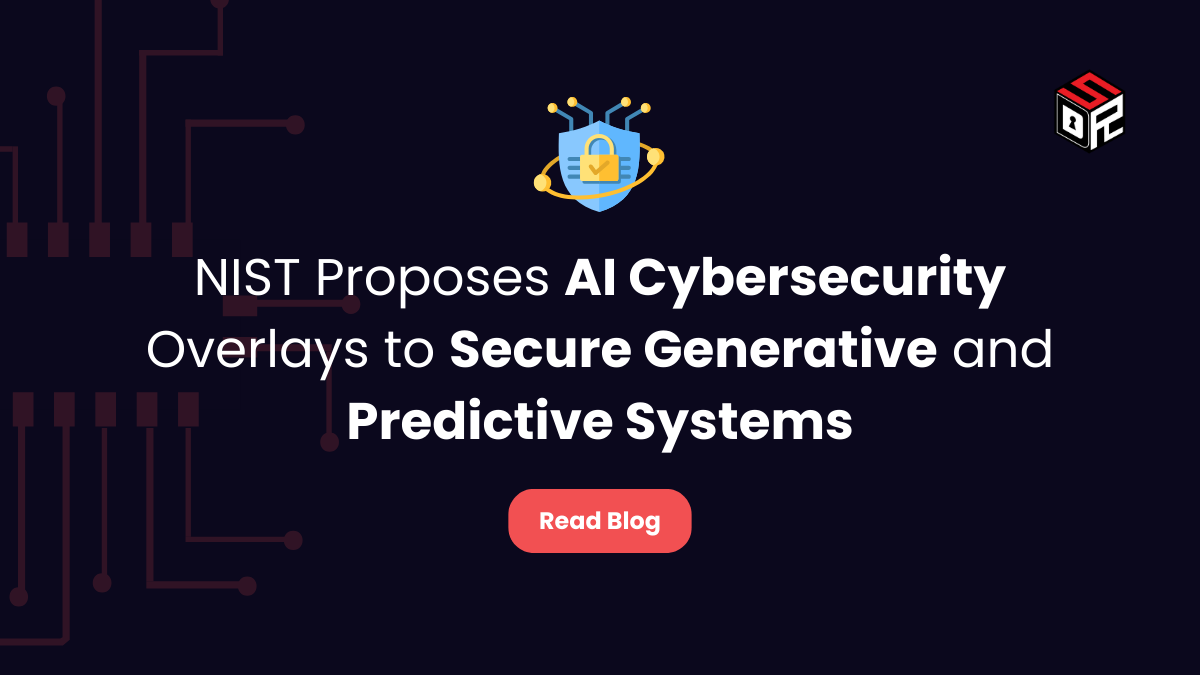The National Institute of Standards and Technology (NIST) is taking a significant step forward in shaping the future of artificial intelligence (AI) cybersecurity. With rapid proliferation of AI systems across critical sectors, NIST has released a concept paper proposing the development of control overlays specifically designed to secure these complex technologies. These overlays, extensions of the NIST Special Publication (SP) 800-53 security controls, aim to provide measurable, interoperable, and adaptable security for AI use, development, and deployment, including in environments involving generative and predictive AI.
NIST is soliciting public input to refine and operationalize these overlays, underscoring its commitment to creating guidance rooted in practical, real-world challenges. This approach acknowledges the nuanced intersection between AI system protection, existing cybersecurity frameworks, and evolving privacy concerns.
NIST’s Control Overlays Aim to Tailor Cybersecurity to AI’s Unique Risks
The concept paper signals an intent to align AI security controls with proven cybersecurity governance structures.
NIST’s proposed control overlays stem from its broader objective to create a cohesive framework that integrates AI risk considerations without burdening cybersecurity professionals with entirely new systems. The overlays are designed to be modular extensions to the existing NIST SP 800-53 catalog, addressing domains such as:
- Generative AI: Systems capable of producing human-like content
- Predictive AI: Systems making data-driven forecasts and decisions
- Multi-agent and single-agent AI environments
- Development pipelines and processes for AI applications
The overlays serve to bridge gaps between traditional cybersecurity guidelines and the sophisticated threat landscape AI introduces. According to NIST, they aim to address three primary concerns:
- Protecting AI systems and their components from manipulation, exposure, or corruption
- Mitigating adversarial use of AI in cyberattacks , such as through data poisoning or model inversion
- Harnessing AI to enhance cybersecurity operations , including threat detection and automated response
Building on Established Frameworks to Avoid Redundancy
Rather than issuing entirely new guidance, NIST is embedding AI security within its existing ecosystem of standards.
This initiative also ties closely to the NIST Cybersecurity Framework (CSF) and the AI Risk Management Framework (AI RMF). In particular, NIST is developing a “Cyber AI Profile” that aligns AI system protection strategies with CSF and AI RMF processes. This aims to help Chief Information Security Officers (CISOs) and security practitioners map AI-specific functions to existing cybersecurity controls.
Katerina Megas, who leads NIST’s IoT Security Program, emphasized the priority of integrating AI into pre-existing structures: “We want to minimize any additional training or complexity for professionals already navigating vast cybersecurity responsibilities.”By aligning AI-specific controls with the CSF and AI RMF, NIST seeks to support both sectors simultaneously:
- Cybersecurity professionals can apply familiar taxonomies to new AI systems.
- AI developers gain insight into risk dimensions their systems must consider throughout the lifecycle.
Public Participation Will Shape AI Control Overlays in Practice
NIST is fostering open collaboration with the public and private sectors through dedicated outreach channels.
To guide the overlays’ design and relevance, NIST is collecting stakeholder feedback via several mechanisms:
- A newly established Slack channel for real-time discussions with principal investigators
- Participation in upcoming community workshops and feedback-focused events
- A public comment process open for broader input on the concept paper and draft overlays
Additionally, NIST is building a Community of Interest for AI Control Overlays , which will serve as a longer-term structure for collaborative discussion and development.
Future work will include:
- Identifying high-impact AI security use cases for overlay development
- Gathering technical and operational feedback from implementers
- Highlighting interdependencies between AI risk, privacy violations, and cybersecurity operations
Integrating Privacy and Security Risks from AI into Unified Guidance
NIST’s parallel revisions to the Privacy Framework demonstrate a holistic effort to address AI-driven risks.
Coinciding with the overlay developments, NIST has also released a draft update of the Privacy Framework (Privacy Framework 1.1). This revision aligns the Framework with CSF 2.0 and incorporates AI-specific privacy risks, enabling organizations to:
- Manage AI-related privacy and cybersecurity challenges in an integrated manner
- Evaluate generative AI risks, including transparency, accountability, and harm mitigation
- Structure red teaming and testing of AI models—particularly in dual-use or high-impact scenarios
NIST is actively collecting input on the draft, including how organizations can implement AI privacy protections evenly across different phases of development and deployment.
Conclusion: Real-World Feedback Will Determine the Usability of NIST’s AI Security Framework
The development of NIST’s AI security control overlays marks a pivotal opportunity for community-influenced standards.
With the increasing complexity of AI applications and the rising frequency of AI-powered cyber threats, organizations require a practical, standards-based approach to integrate AI system protection into their broader cybersecurity strategies. NIST’s initiative meets this demand by rooting AI security controls in familiar guidance, tailored for modern use cases.
For organizations involved in AI development, deployment, or governance, contributing input during NIST’s public comment windows and community discussions is essential. As AI systems penetrate deeper into critical infrastructure and consumer services alike, having robust, interoperable safeguards will be vital.
By participating in NIST’s overlay development, stakeholders can help ensure the resulting standards are not only technically sound but operationally effective across industry, government, and research environments.









